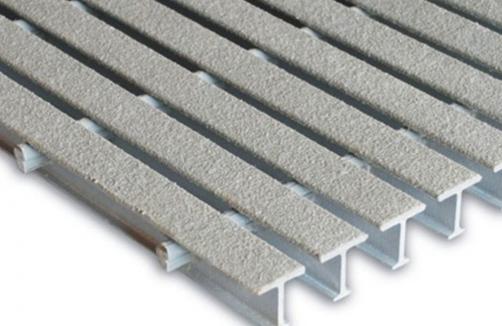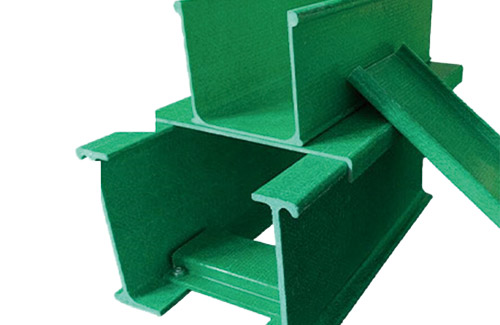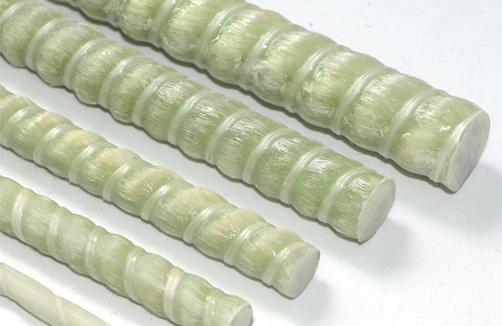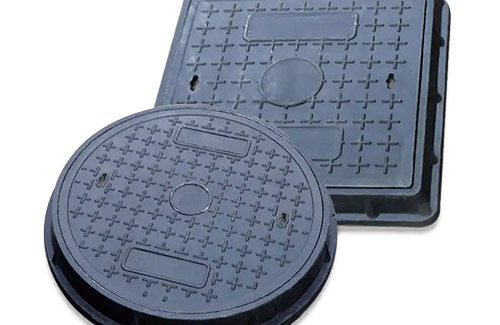1、 Process flow of hand layup molding of fiberglass molds
Apply release agent: Apply a layer of release agent on the model for subsequent demolding.
Brushing resin: Use a scraper or brush to apply the prepared resin mixture onto the model.
Laying reinforcement materials: Lay pre cut glass cloth or other reinforcement materials on the resin to ensure that the resin is completely immersed in the reinforcement material and bubbles are expelled.
Repeated painting and laying: Continue painting resin and laying reinforcement materials until the required number of design layers is reached.
Curing: Wait for the resin to fully cure.
Demoulding: After curing is completed, remove the product from the mold.
Trimming: Necessary trimming of the product to meet usage requirements.
2、 Selection of raw materials for fiberglass molds
Resin: Choose a resin with low shrinkage, good elongation, good wettability, ability to cure at room temperature or low temperature, non-toxic or low toxicity. Commonly used include unsaturated polyester resin and epoxy resin.
Reinforcement materials: Select suitable fiber varieties based on usage conditions and process requirements. Commonly used are fiberglass products, such as untwisted roving, chopped fiber felt, surface felt, etc.
Release agent: Select a suitable release agent based on factors such as mold material, resin type, curing temperature, and product structure.
Gel coating resin: Select suitable gel coating resin according to the usage conditions, such as polyester or vinyl.
3、 Steps and precautions for hand layup molding of fiberglass products
Preparation of fiber reinforced materials:
Keep dry and free from oil stains before use.
Cut fiber reinforced materials according to design requirements and product shape, paying attention to longitudinal and transverse strength, overlap length, and cutting size.
Preparation of resin adhesive solution:
Control the viscosity of the resin for easy application and penetration of reinforcing materials.
Adjust the amount of curing agent and accelerator to control the gel time and ensure that there is enough time for curing after the paste is finished.
The degree of curing should be complete to meet the usage requirements.
Notes:
The materials and tools used must meet production requirements and ensure stable quality.
During the production process, protective equipment such as gloves and protective glasses should be worn, and attention should be paid to safety.
Conduct a comprehensive inspection and preparation of materials and tools before production.
When applying resin, it should be uniform to avoid local accumulation and the generation of bubbles.
When laying reinforcement materials, it is necessary to follow the prescribed method to ensure the quality and size of the product.
Control the ambient temperature and humidity to avoid affecting the curing speed of the resin and product quality.
Pay attention to the curing time and demolding time to avoid product damage or performance degradation caused by early or late operation.








